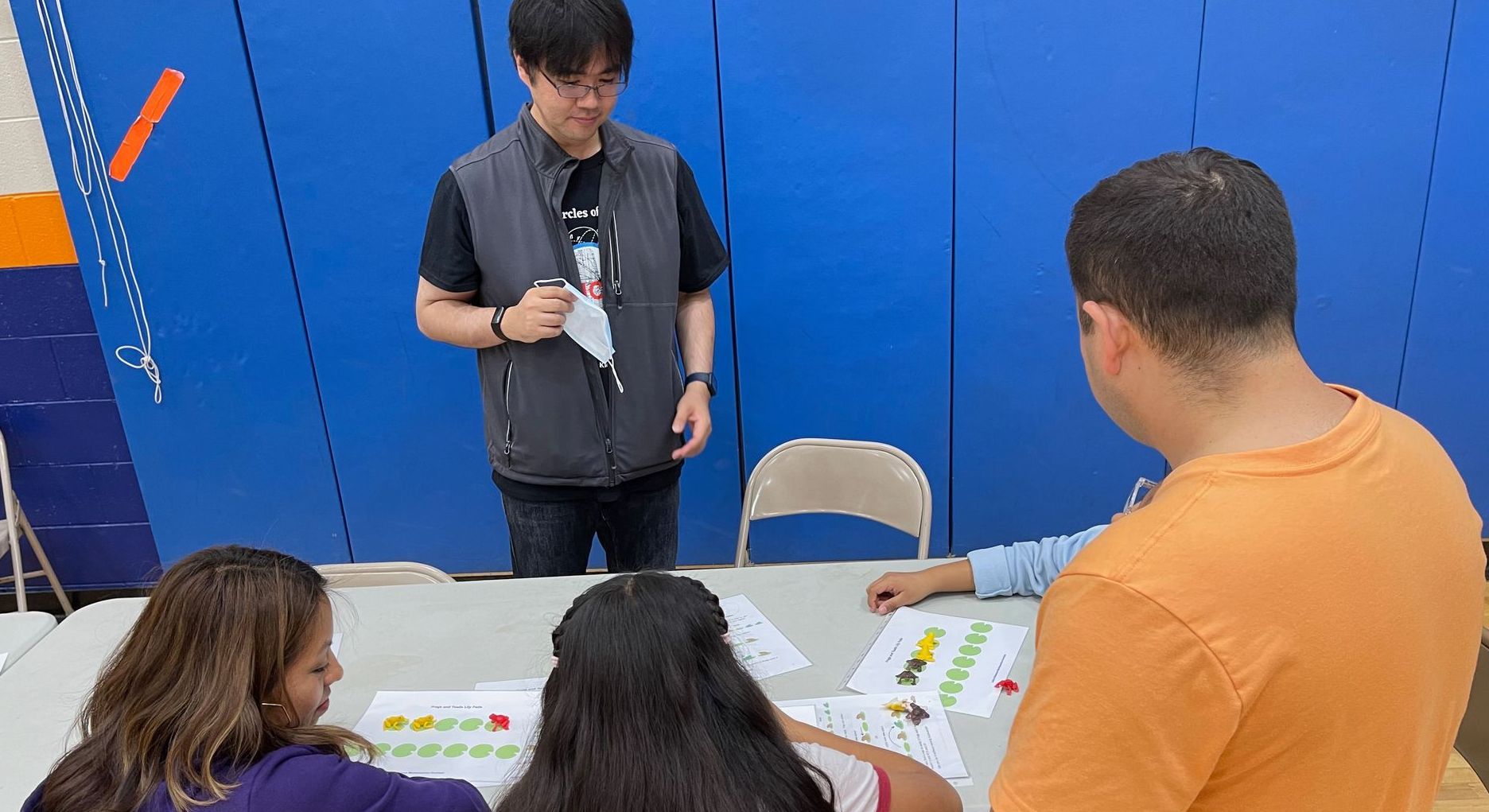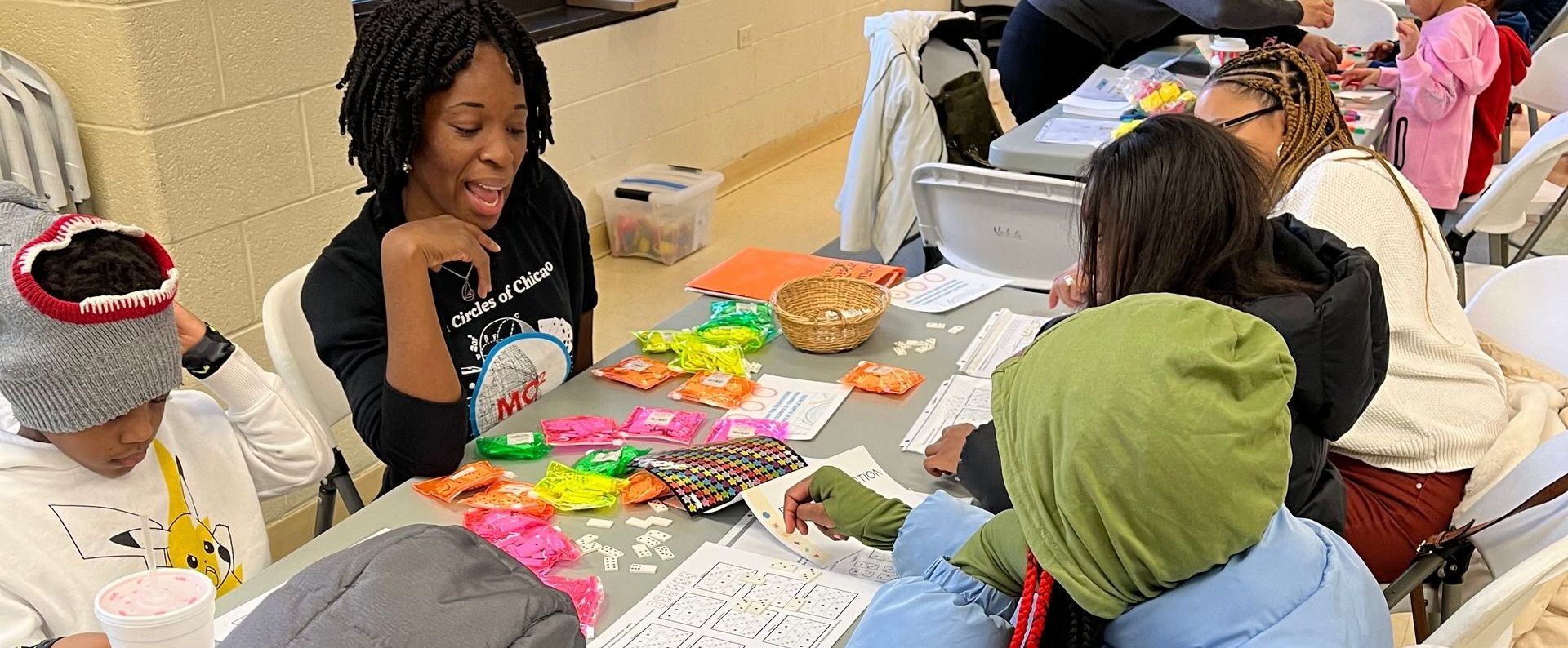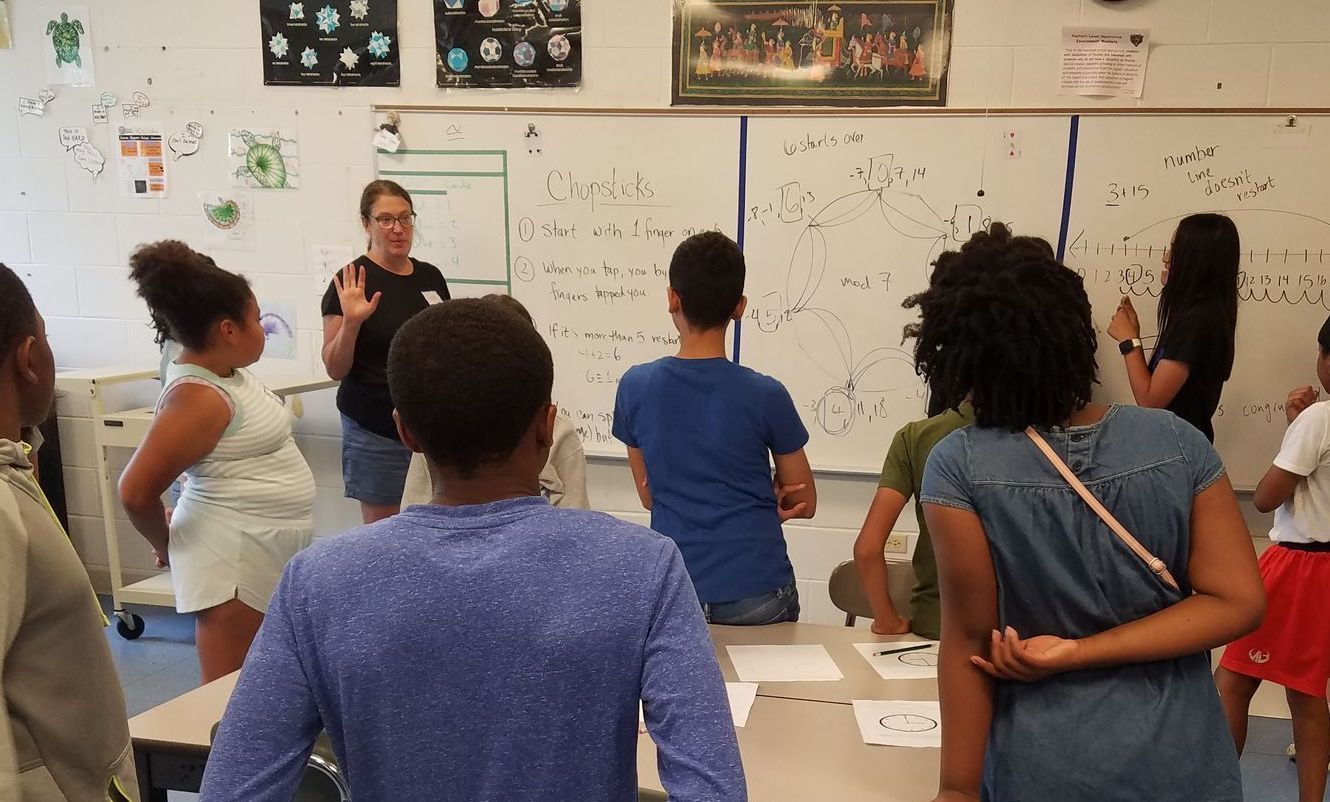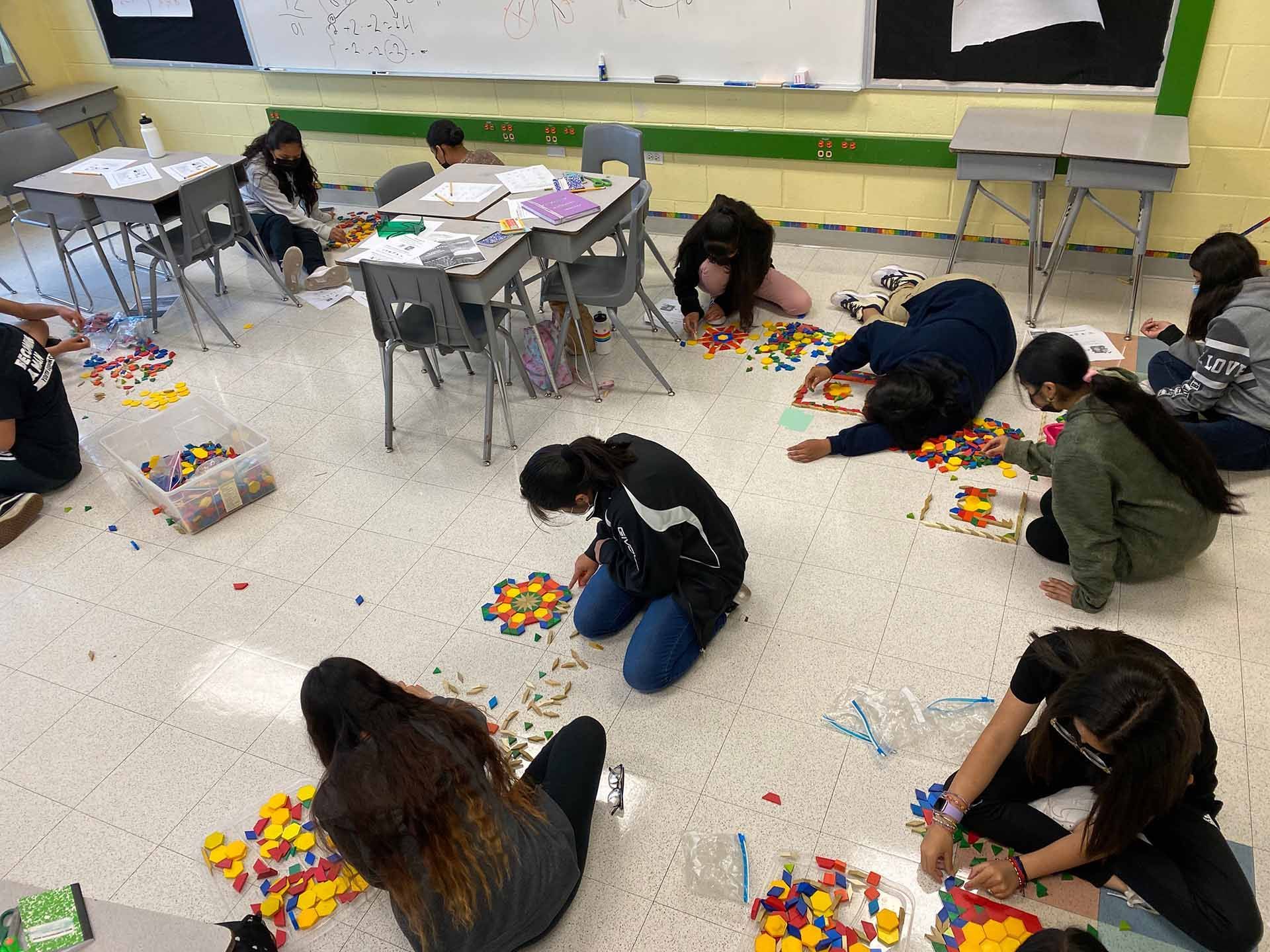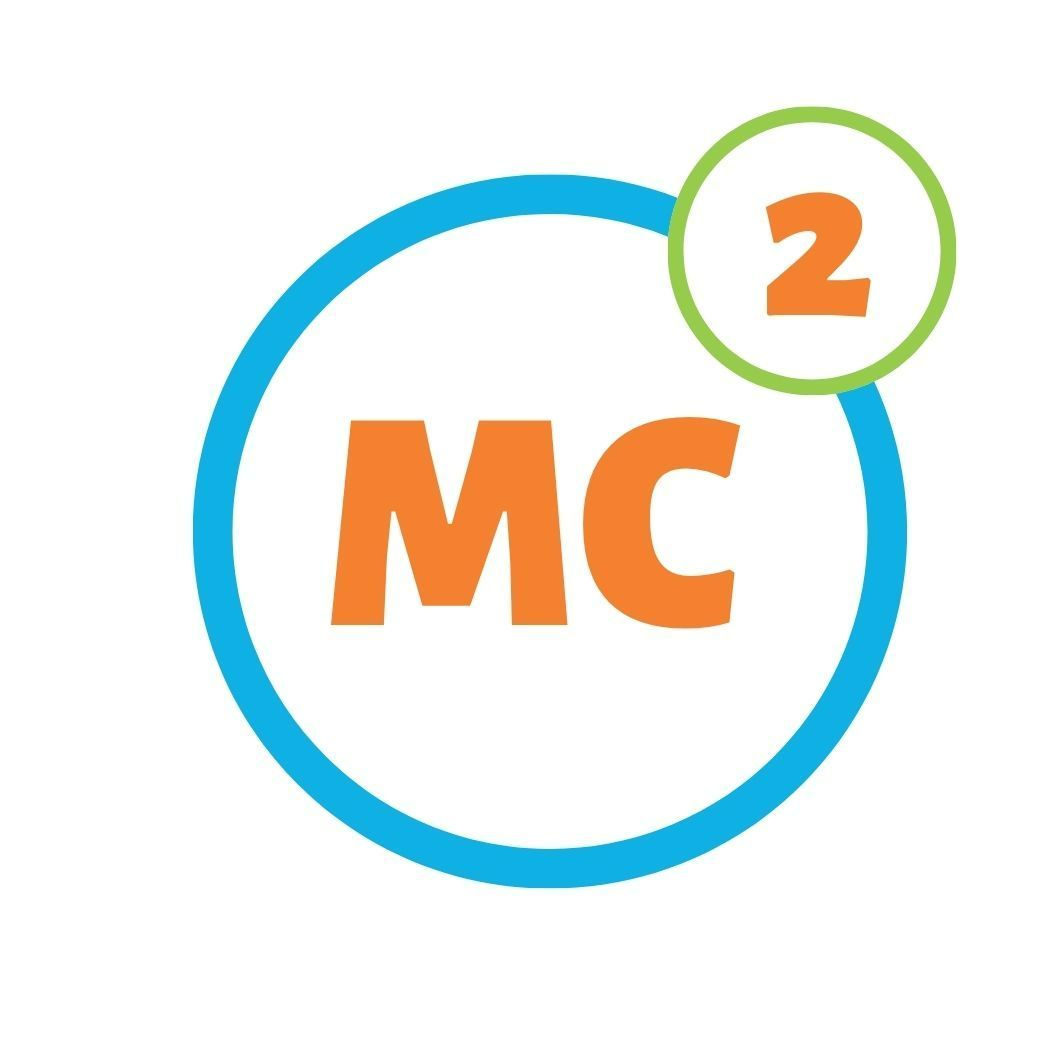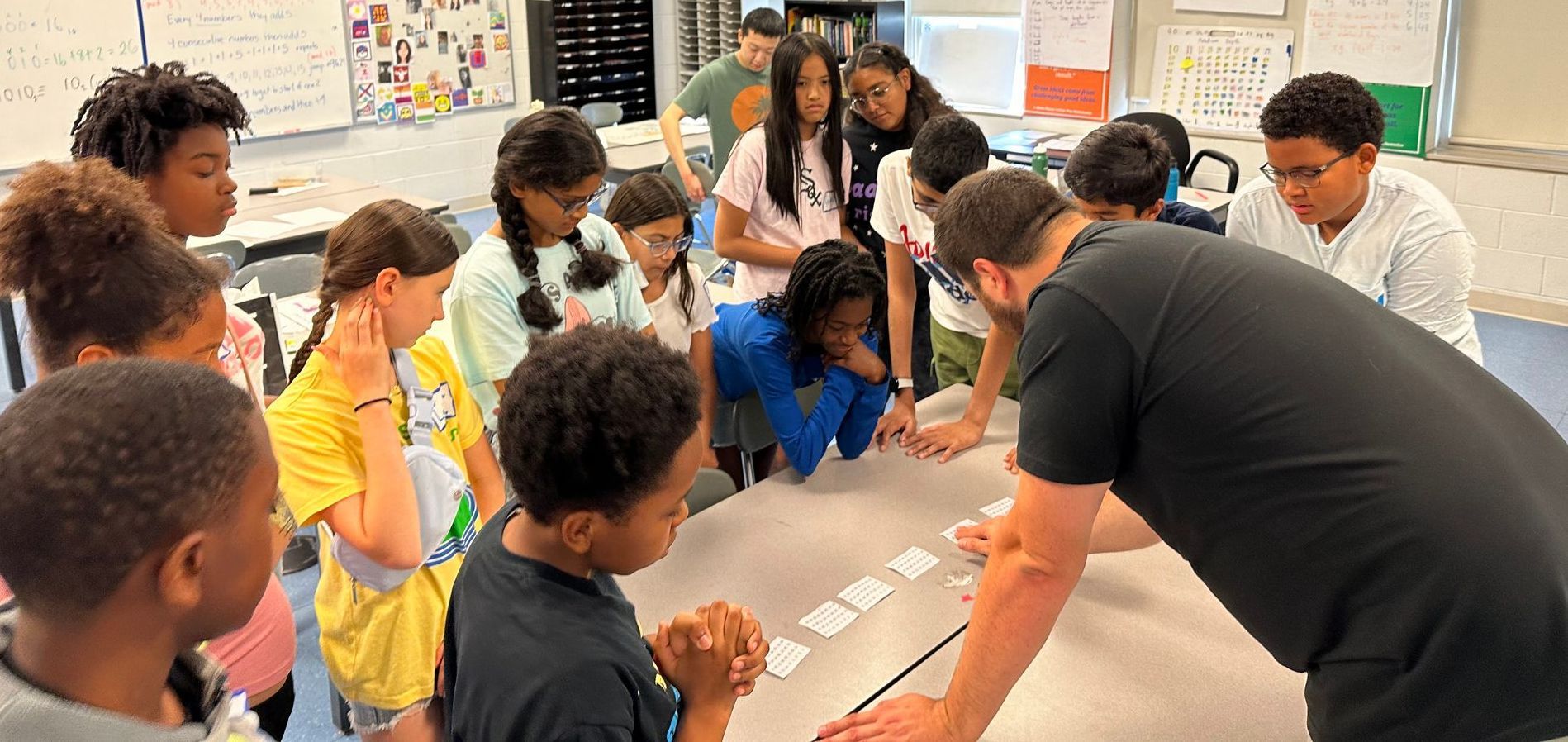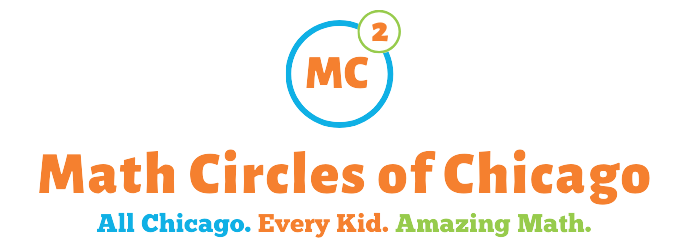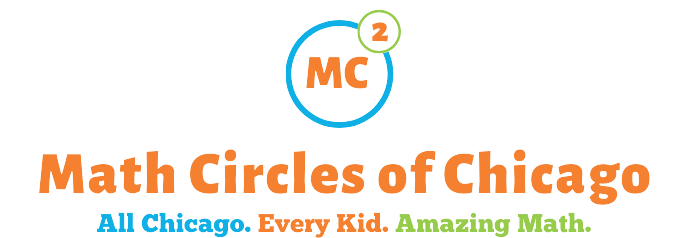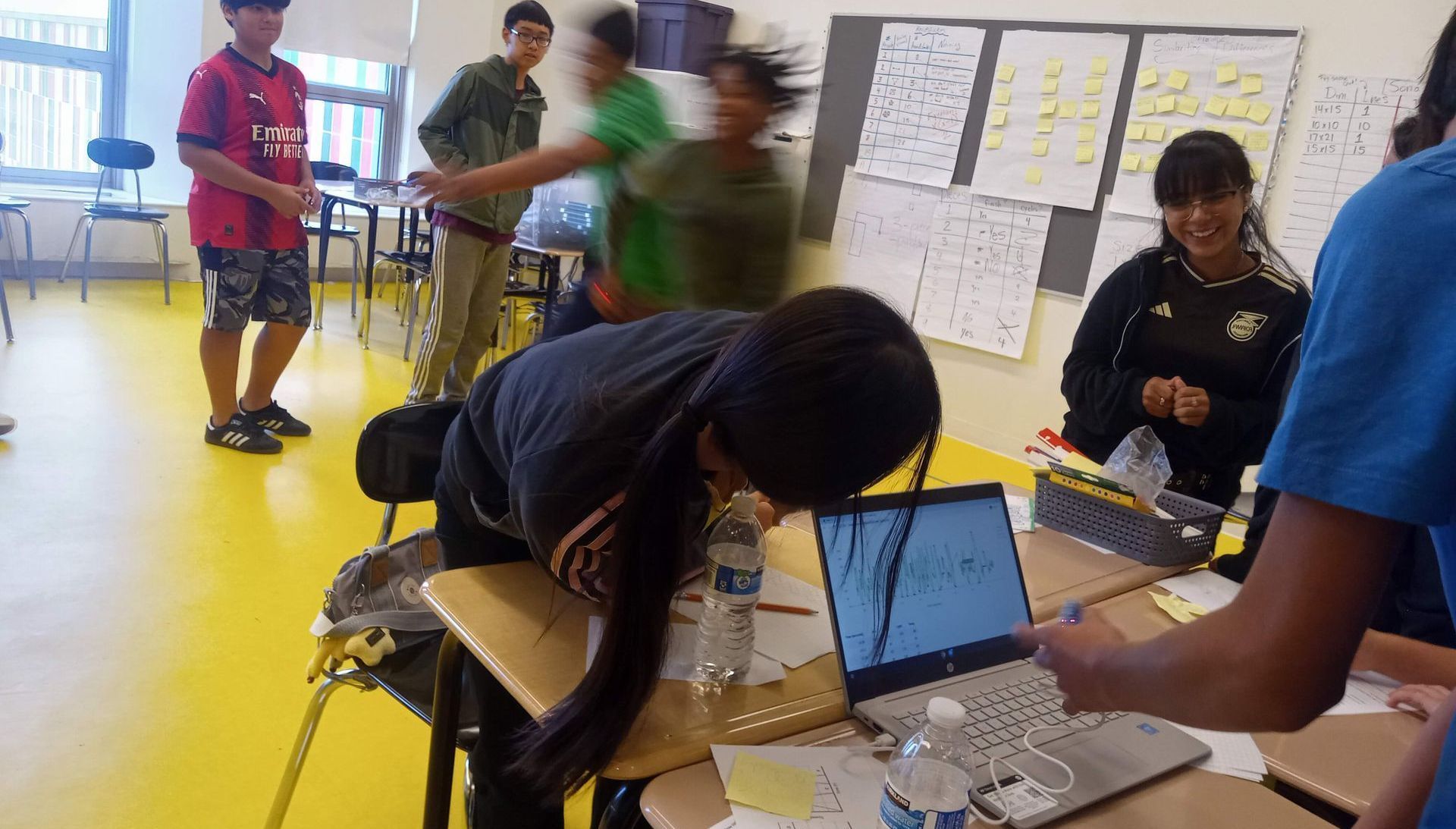My first read this summer was Peak: Secrets from the New Science of Expertise by Ericsson and Pool. I thought of the staff in MC^2—PhD students, faculty, and CPS teachers—as I read:
“Parents don’t usually hire special tutors to instruct their six-year-olds in mathematics. Instead, the future mathematicians first encountered serious mathematics courses— such as algebra, geometry, and calculus— in middle school and high school, and it was often the teachers in these courses, rather than their parents, who first stoked what would become their lifetime passion. The best teachers didn’t focus on the rules for solving particular problems but rather encouraged their students to think about general patterns and processes— the why more than the how. This was motivating to these children because it sparked an intellectual interest that would drive their studies and, later, their research as mathematicians.”
The most destructive thing kids learn from traditional classrooms is that math is fundamentally about procedures. Our goal in MC^2 is to develop a life long love of math, and we can’t do that through teaching simplistic routines.
In math, the “patterns and processes” Ericsson and Pool mention are subtle. Let’s take a question about factorials to think about it. (The exclamation point in math is shorthand for ‘factorial’. For example, 6! is read “Six factorial,” and it means 6 x 5 x 4 x 3 x 2 x 1, and it evaluates to 720. Another example: 4! = 24.)
Here’s the question: In how many zeroes does 150! end in? Again, 150! = 150 x 149 x 148 x 147 x ….. x 2 x 1. For many students this is a hard problem. Even though you have the ‘how’, in that you can multiply those 150 numbers together, you are far from an answer (since multiplying those numbers out isn’t practical), much less ‘why’ your answer (if you ever get one) is right. Given a novel problem, it’s not at all evident what ‘process’ or procedure you should use, and without a process there is no ‘pattern’ to look for.
As a teacher here is what I’d say to a student who was stuck: What’s a simpler problem? My hope is that the student might go back to 6! and see there is only one zero, and that 4! didn’t have any. They might explore several other numbers and, in turn, I’d encourage them to make a table and look for a pattern. From there the student is well on their way to an answer, using a method that will also get them thinking about a general answer for n!, along with a justification for the pattern they find.
Note that my ‘hows’ were not “Use Pythagoras Theorem” or “Use the Quadratic Formula”; mine were “Make a simpler problem” and “Make a table” and “Look for a pattern”. This is how we encourage kids “To think about general patterns and processes.”
The beauty of these ‘hows’ is that they transfer from problem to problem, making our students more powerful. And with power, they will, we hope, develop a life long love of mathematics.
